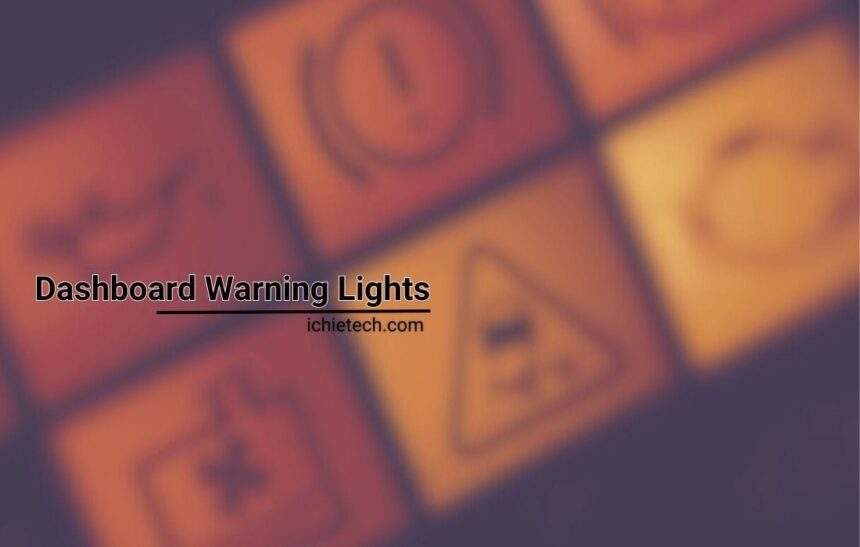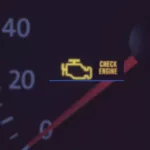The dashboard warning lights found in vehicles function as unspoken communicators that diligently watch over your safety on the road, diligently alerting you to any potential issues that may arise. While it’s true that some of these warning lights might initially seem perplexing, having a firm understanding of their meanings can empower you to respond in the most fitting manner and ultimately prevent any further harm or damage to your beloved vehicle.
In this article, we will take a deep dive into the wide collection of dashboard warning lights you may come across, meticulously unravel their intricate symbols, and provide comprehensive explanations regarding their possible causes as well as the recommended actions you should take. By the end of our exploration, you will be equipped with a wealth of knowledge that will assist you in confidently navigating the realm of dashboard warning lights, ensuring both your peace of mind and the prolonged longevity of your cherished car.
Common Dashboard Warning Lights
Engine Warning Light
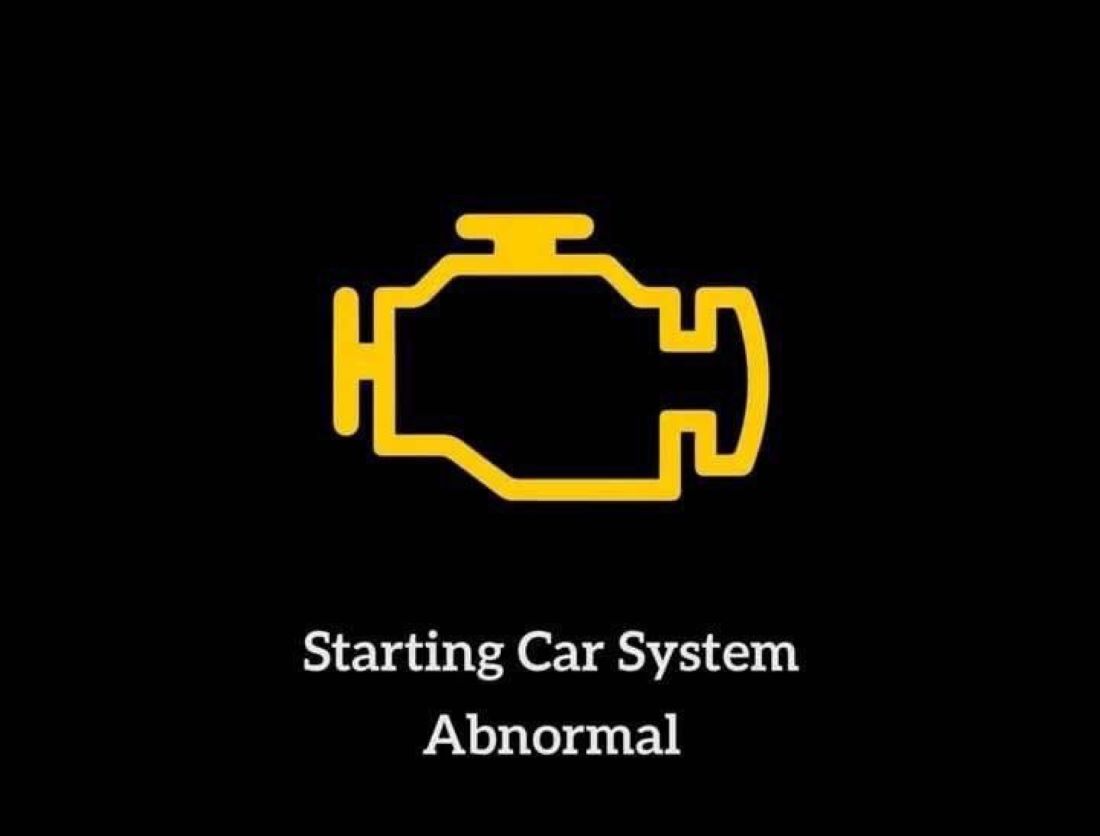
This light typically appears when there is an oil leak, the engine requires an oil top-up or engine blockages in the oil filter or intake system prevent maximum oil flow into the engine. The engine warning light, represented by a small engine icon on your dashboard, is one of the most important warning lights. When this light illuminates, it indicates a potential problem with your vehicle’s engine. The underlying causes can range from minor issues like a loose gas cap to more serious issues like faulty sensors. Regardless of the root cause, taking immediate action upon seeing this light is critical. It is strongly recommended that you consult your vehicle’s manual or seek the expert assistance of a professional to effectively diagnose and correct the problem. By acting quickly, you can ensure the continued proper operation of your vehicle’s engine and maintain your peace of mind while driving.
Battery Warning Light
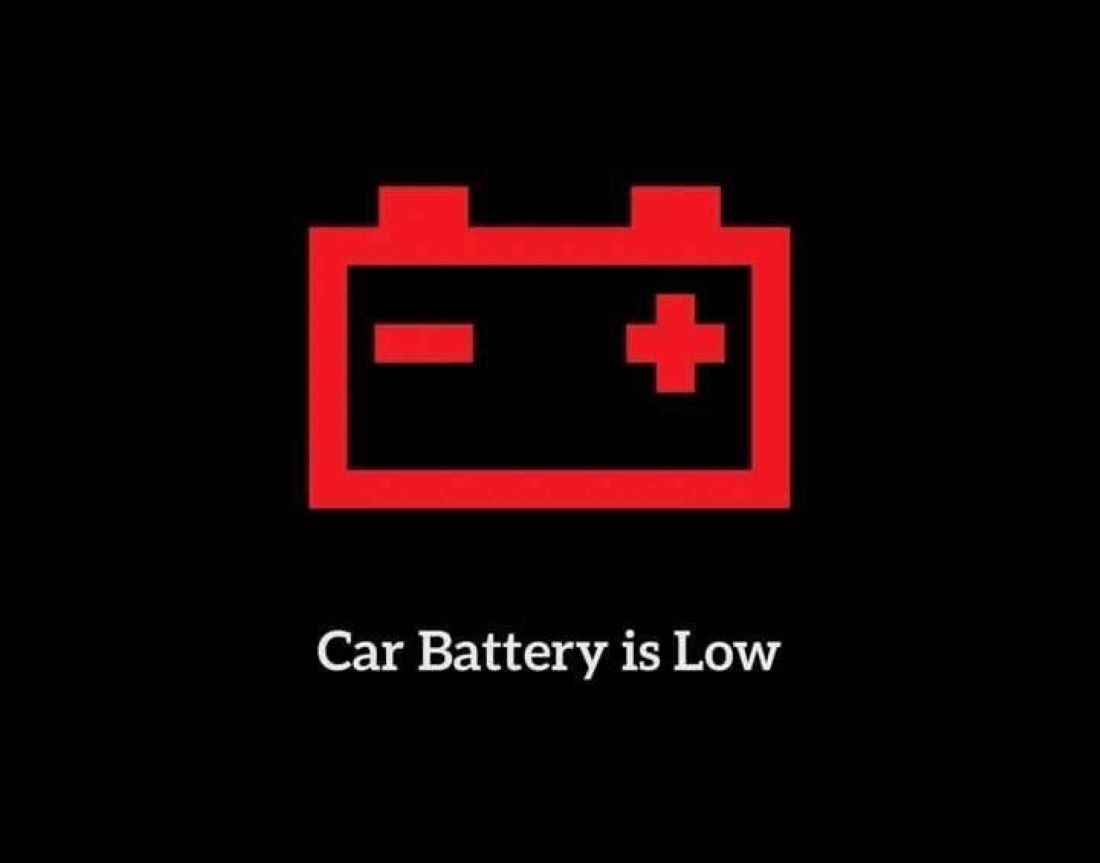
The battery warning light, which looks like a battery, alerts you to a problem with your vehicle’s charging system. It could be caused by a faulty alternator, a faulty or damaged battery terminal, or a worn-out battery. Ignoring this warning light may result in a dead battery and may leave you stranded. If this light comes on, you should safely pull over and have your vehicle inspected by a qualified mechanic.
Oil Pressure Warning Light
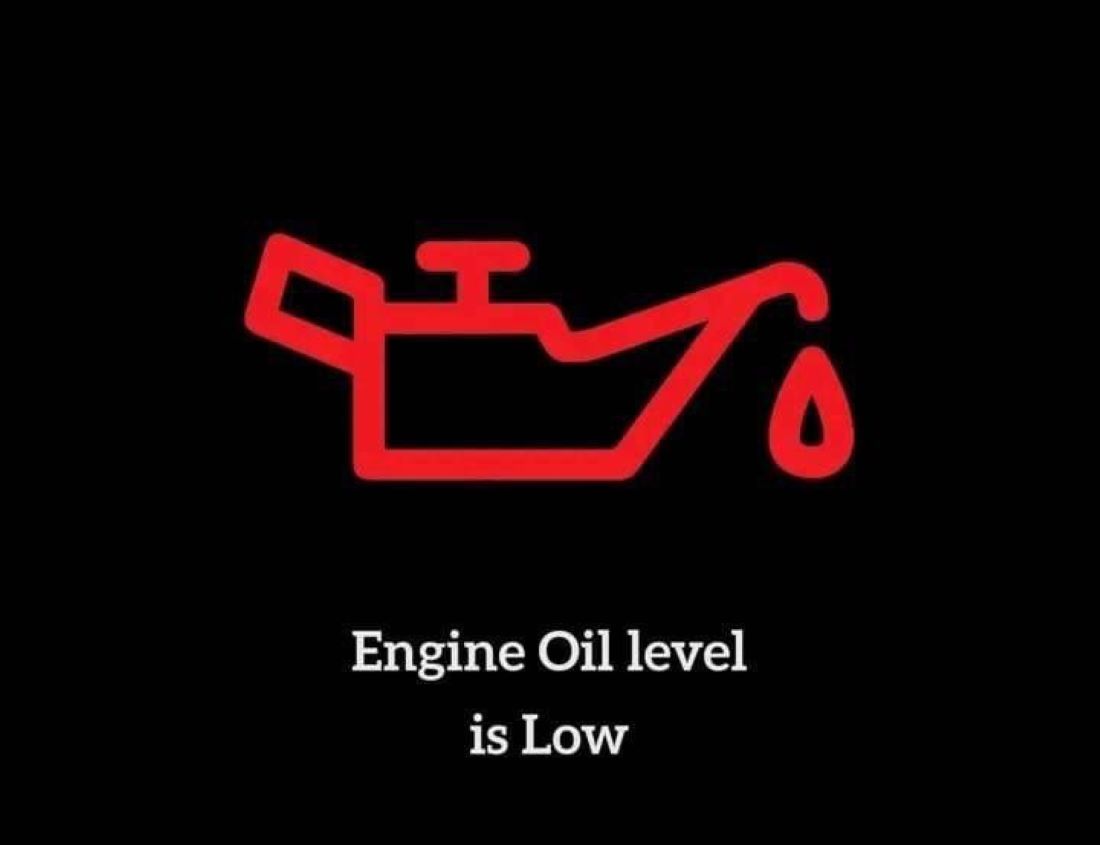
The oil pressure warning light, which is typically represented by an oil can icon, indicates low oil pressure in your vehicle’s engine. Low oil pressure can cause engine damage and performance degradation. A low oil level, a faulty oil pump, or a clogged oil filter are all possible causes. If you see this light illuminated, you must stop your vehicle as soon as possible and check the oil level. If the level is low, add oil according to the manufacturer’s instructions. Consult a professional technician if the problem persists.
Brake System Warning Light
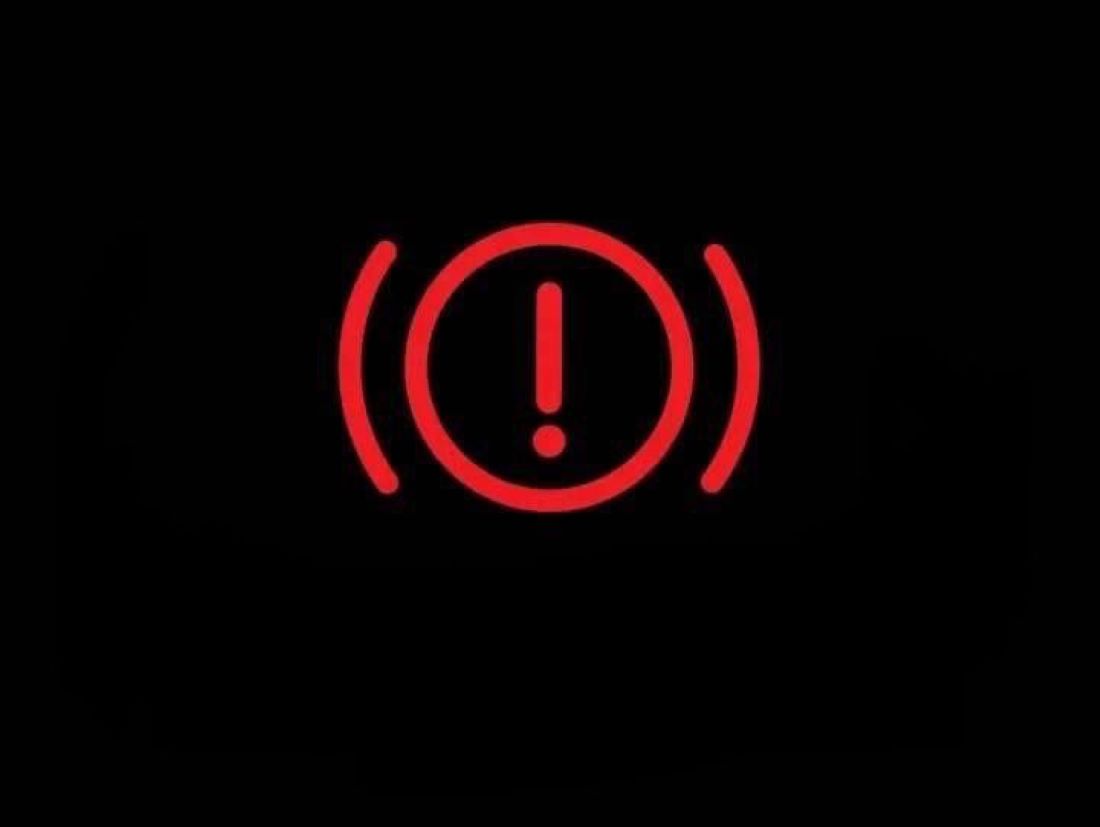
The brake system warning light, typically represented by an exclamation mark within a circle, alerts you to potential braking system problems with your vehicle. This light can indicate a lack of brake fluid, a faulty brake system component, or worn-out brake pads. It is critical to address this issue as soon as possible, as poor braking can lead to accidents. Check the brake fluid level and, if necessary, top it off. If the light continues to illuminate, a qualified mechanic should inspect your braking system.
ABS Warning Light
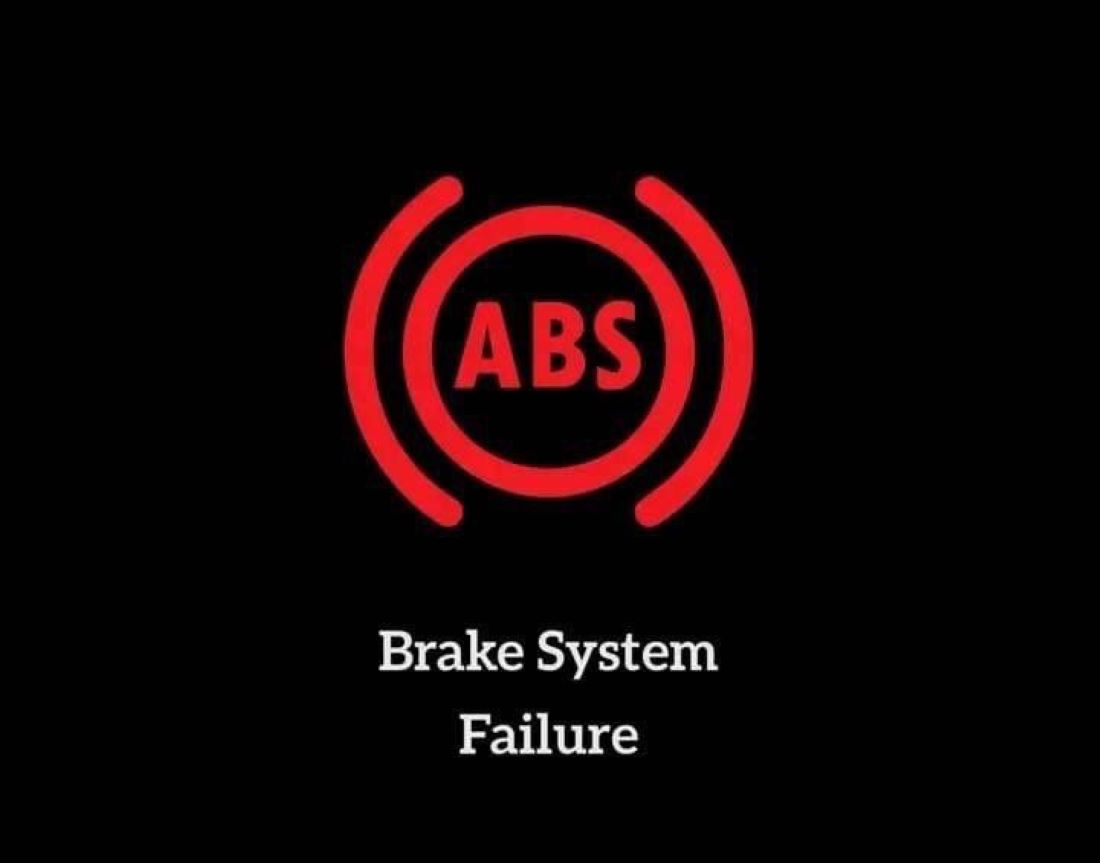
The ABS (Anti-lock Braking System) warning light, which is usually depicted as ABS letters surrounded by a circle, indicates that your vehicle’s ABS system is malfunctioning. The ABS system helps to prevent wheel lockup during sudden stops or on slick roads. This warning light could be caused by a faulty ABS sensor, a faulty ABS module, or a damaged wheel speed sensor. It is recommended that you have your vehicle inspected by a professional technician to identify and correct the problem.
Airbag Warning Light
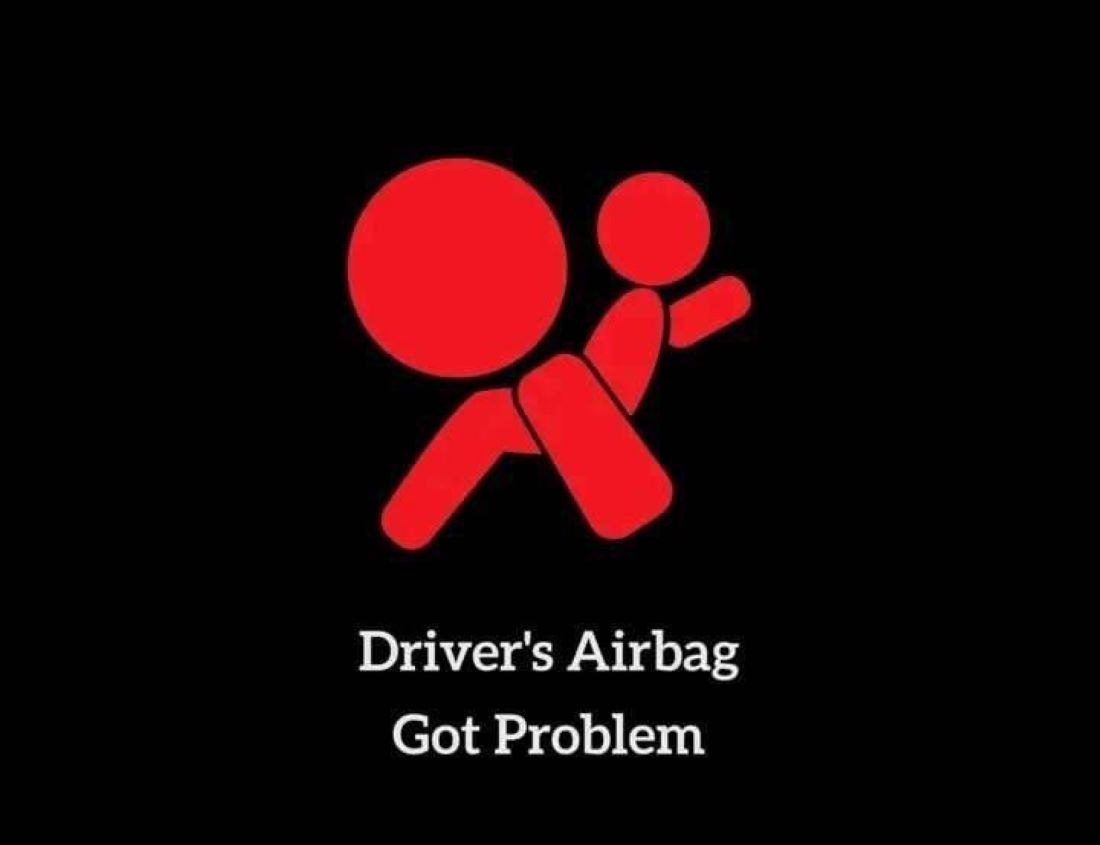
The airbag warning light, which is commonly represented by an icon of a person in front of a deployed airbag, alerts you to a potential problem with your vehicle’s airbag system. This warning light may indicate a faulty airbag sensor, an issue with the airbag module, or wiring problems. Because airbags are critical for passenger safety, it is critical that this issue be addressed as soon as possible. To diagnose and repair the airbag system, contact a qualified technician.
Seatbelt Warning Light
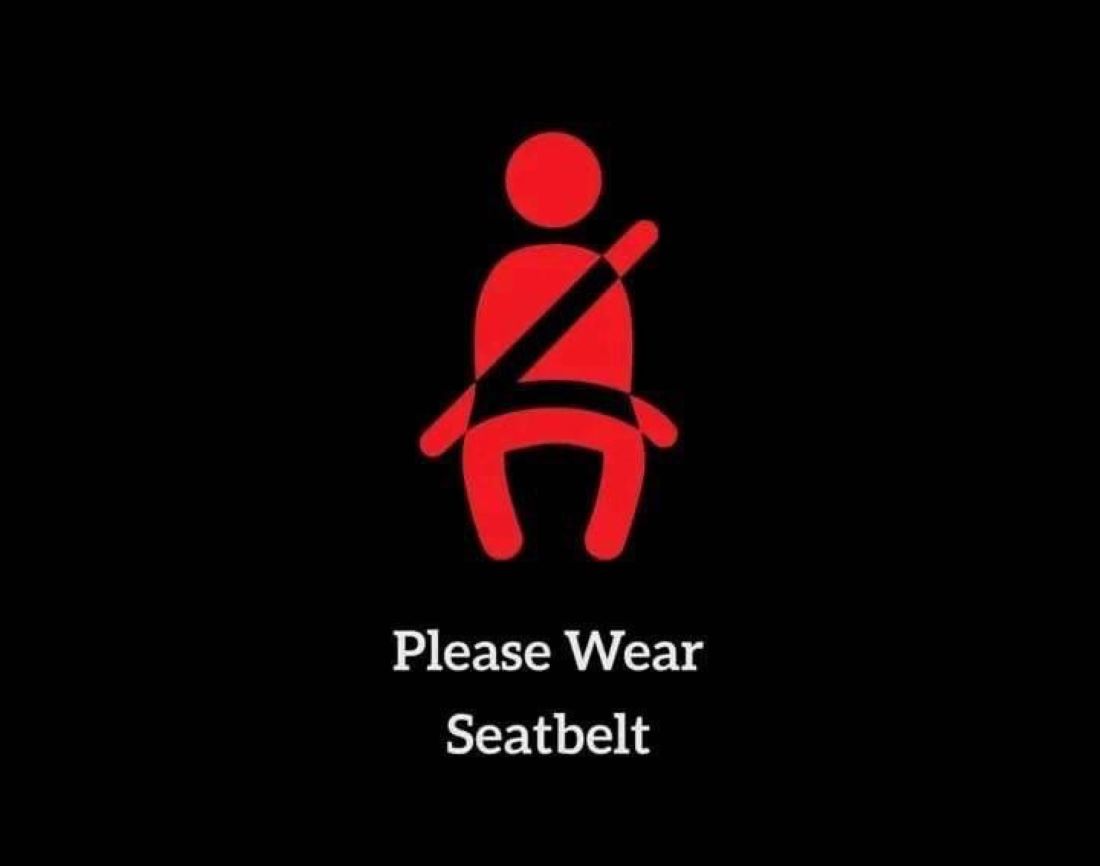
The seatbelt warning light, which is frequently depicted as a person wearing a seatbelt, reminds you and your passengers to buckle up. In most cases, this light is accompanied by an audible reminder. Seatbelts are essential for occupant safety, and failing to wear them increases the risk of serious injury in the event of an accident. Before driving, always make sure that everyone in your vehicle is properly buckled up.
Tire Pressure Monitoring System (TPMS) Warning Light
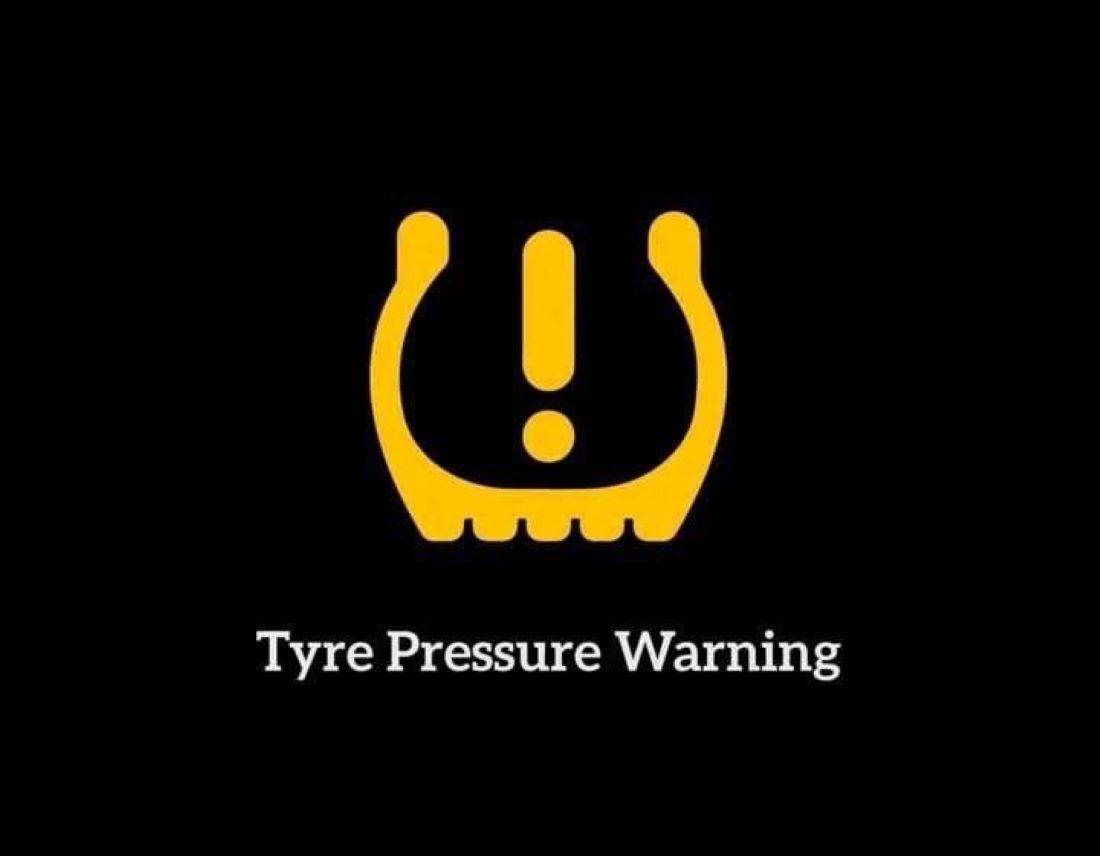
The TPMS warning light, which is typically represented as an exclamation mark inside a horseshoe-shaped icon, indicates that one or more of your vehicle’s tyres have low tyre pressure. Low tyre pressure can affect handling, fuel efficiency, and tyre longevity. The TPMS monitors tyre pressure levels using sensors embedded in the tyres. When this warning light illuminates, use a tyre pressure gauge to check your tyre pressure and inflate it to the recommended levels. If the light remains on, there could be a puncture or a problem with the TPMS system that necessitates a professional inspection.
Traction Control Warning Light
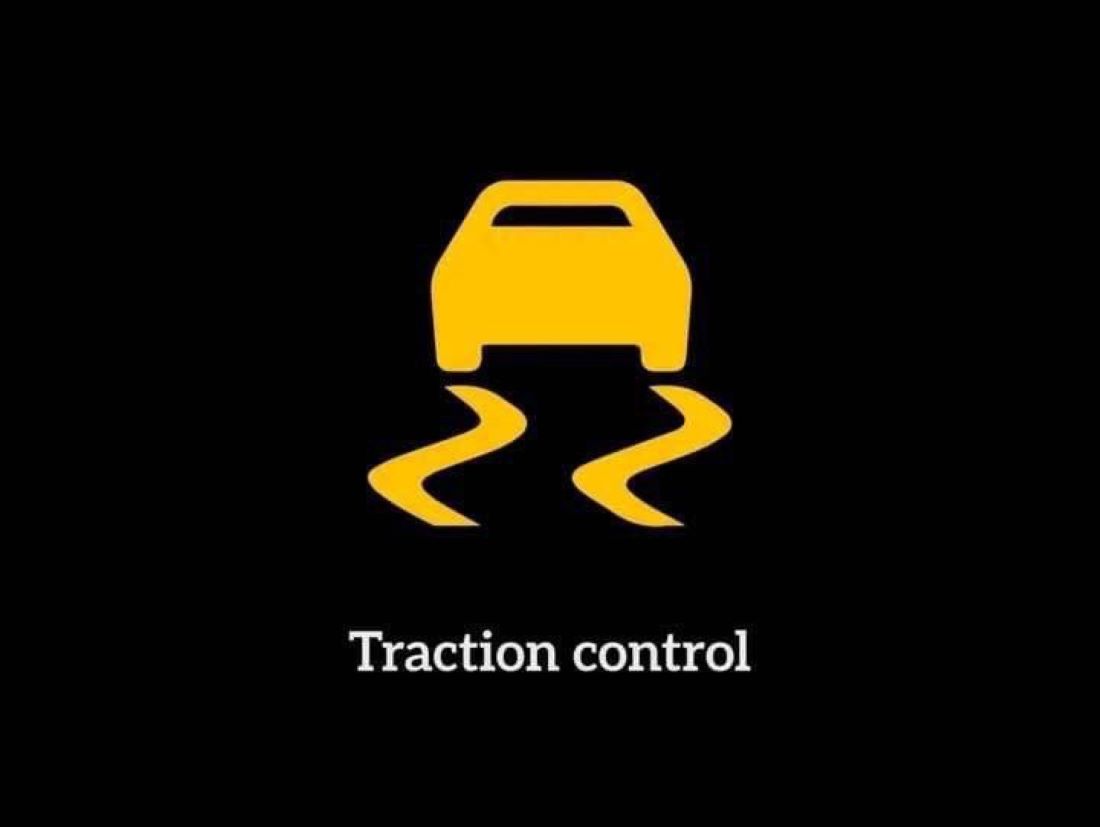
The traction control warning light, which is frequently represented by a car with squiggly lines beneath it, alerts you to a possible problem with your vehicle’s traction control system. The traction control system assists in maintaining control in slick conditions by adjusting power delivery to the wheels. This warning light may indicate a faulty traction control system, a faulty wheel speed sensor, or an ABS system problem. To ensure optimal vehicle performance and safety, have the system checked by a professional technician.
Fuel Gauge Warning Light

The fuel gauge warning light, which is typically represented by a petrol pump icon, alerts you when the fuel level in your vehicle is low. Running out of petrol can leave you stranded and inconvenient. When this light illuminates, you must immediately locate a nearby fuel station and refuel your vehicle. To avoid unexpected fuel-related issues, keep the fuel level above the quarter mark.
Temperature Warning Light
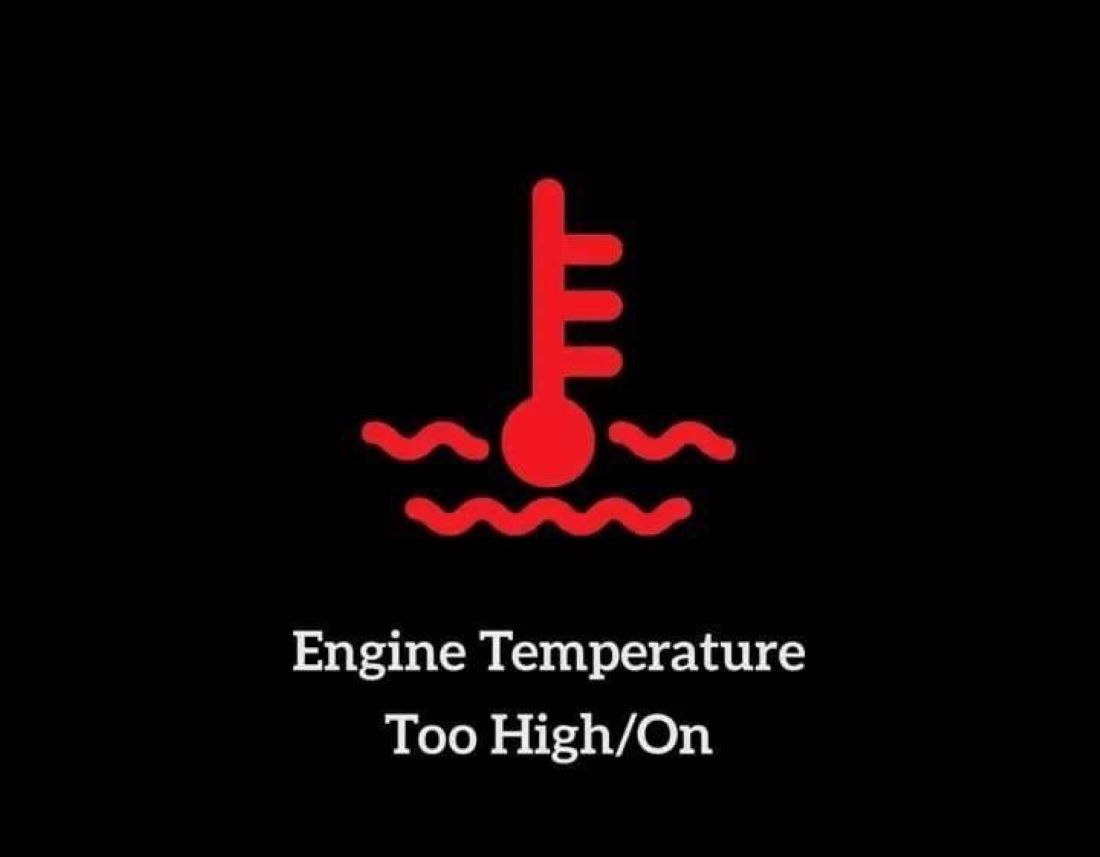
The temperature warning light, which is frequently depicted as a thermometer or a thermometer inside a wavy line, indicates that the engine in your vehicle is overheating. If not addressed promptly, overheating can cause severe engine damage. This warning light could be caused by a faulty cooling system, a faulty thermostat, or a coolant leak. If this light comes on, pull over safely, turn off the engine, and let it cool down. Check the coolant level and top it off as needed. If the problem persists, contact a professional to diagnose and repair the cooling system.
Washer Fluid Warning Light
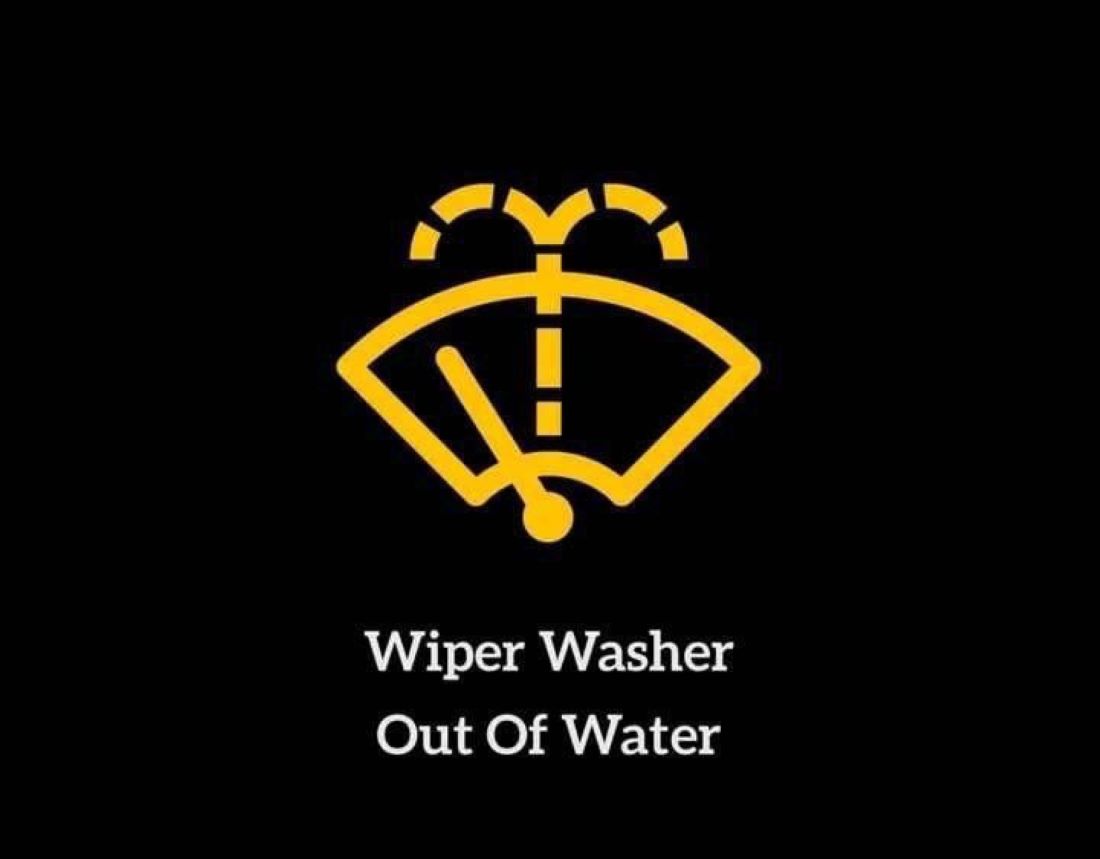
The washer fluid warning light, which is typically represented by a windscreen with water droplets, reminds you to refill the windscreen washer fluid reservoir in your vehicle. Adequate washer fluid is essential for maintaining clear visibility while driving, especially in inclement weather. When this light illuminates, refill the washer fluid reservoir with the manufacturer’s recommended washer fluid.
High Beam Indicator
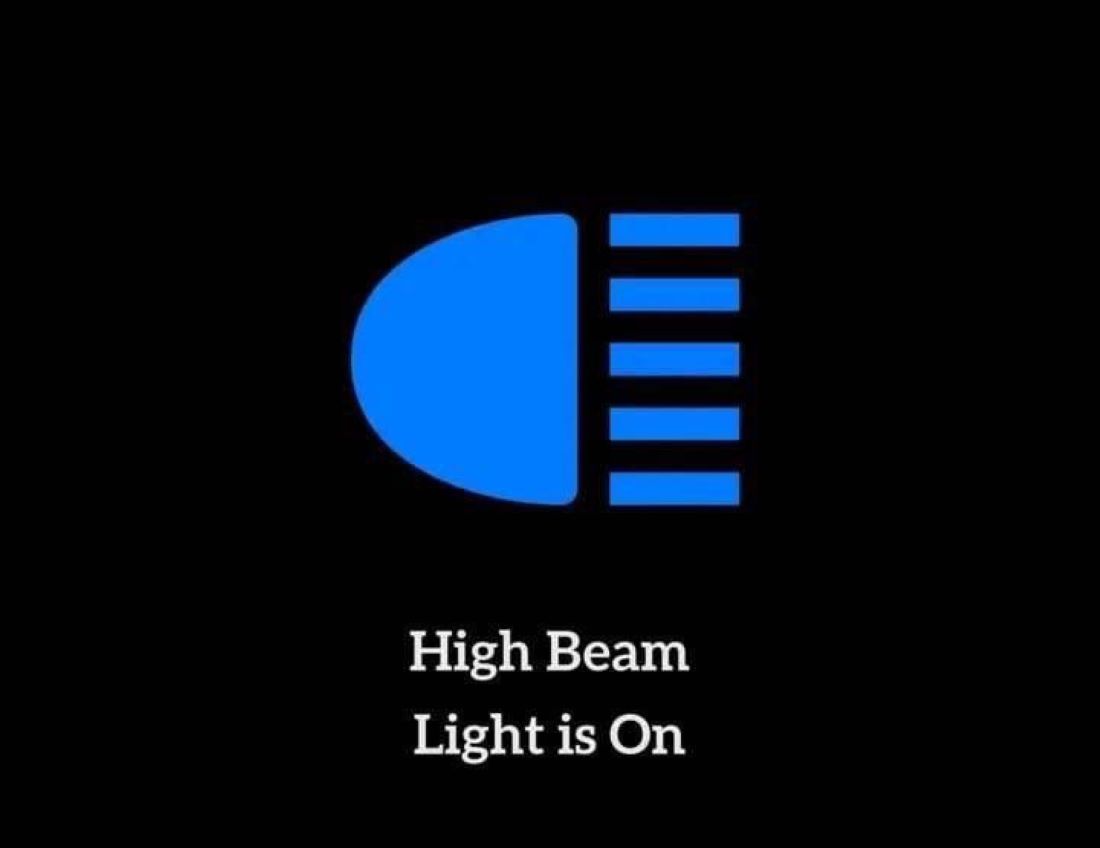
This sign appears when the high beam lights are turned on. The rays in the symbol represent how the light is pointed forward rather than on the road. While it improves visibility in low light, it can be distracting to other drivers. When driving in well-lit areas or with oncoming traffic, use high beams sparingly and switch to low beams. It all comes down to keeping everyone on the road safe. Drive carefully and enjoy your journey!
Door Open Warning Symbol

Let’s take a look at your dashboard’s door open warning symbol. This helpful reminder indicates that one or more of your doors are not securely shut. For your safety and the safety of your passengers, make sure all doors are properly closed. Before you hit the road, check each door to ensure it is completely closed. This way, you can drive worry-free because everything is securely sealed. Travel safely.
Fog Lamp Indicator

The fog lamp indicator, which is located on the dashboard of your vehicle, is a visual cue that informs you about the status of your fog lamps. When activated, this indicator clearly indicates that the fog lamps are turned on, providing a specialised beam of light to improve visibility in inclement weather. It is critical to use fog lamps responsibly, in accordance with local laws, and only when necessary for improved safety in low-visibility situations.
Conclusion
Gaining a solid understanding of the significance of dashboard warning lights is critical when it comes to maintaining the well-being of your vehicle and ensuring your safety while on the road. While this article serves as a general guide to familiarise you with common warning lights and their meanings, it is critical to consult your vehicle’s manual for specific and tailored information that pertains to your specific make and model. If you come across any warning lights that appear unfamiliar or persist despite taking the necessary steps, it is strongly advised that you seek the assistance of a professional as soon as possible. Always keep in mind that paying attention to dashboard warning lights can effectively prevent further damage to your vehicle and allow you to continue your journeys with confidence.




